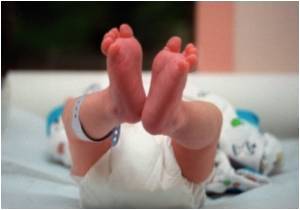
The report, released by the International Food Policy Research Institute, said that the country also exhibited a stark improvement in the number of infants under six months of age who are exclusively breastfed. This figure stood at 46.4 percent in 2005-06, while it came up to 71.6 percent in 2013-14.
India also faces the problem of wasting which means low weight for height. Some 15 percent children under five years had wasting in 2013-14. But the report said no problem of overweight among children under five was noticed.
Only 10 of the 117 countries do not face problems of stunting, wasting and overweight levels. These include China, Venezuela, Colombia and the US.
While presenting World Bank report on Nutrition in India, Country Director Onno Ruhl said that stunted children pose a demographic risk to the nation.
He said adequate feeding, health care and environmental health when given properly, can help reduce stunting in children.
Advertisement
The report used data from the National Family Health Survey (NFHS) 2005-06 and the HUMGaMA Survey 2011 and said that in Bihar, Madhya Pradesh and Uttar Pradesh, the problem of stunting in children with adequate feeding, care and environmental health is 30 percent compared with 54 percent in those states which do not enjoy these in adequate measure. “There is only a narrow window of opportunity from conception to two years of age to improve stunting. Height at age two is the best predictor of adult height,” the report said.
Advertisement
The report pointed that India loses over $12 billion in GDP to vitamin and mineral deficiencies. “Significant direct and indirect economic losses (are) associated with under-nutrition with direct productivity losses estimated at more than 10 percent of lifetime individual earnings, and about a 2-3 percent loss to GDP. Indirect losses are associated with deficits in cognitive development and schooling, and increased costs of health care,” the report said.
Source-Medindia















